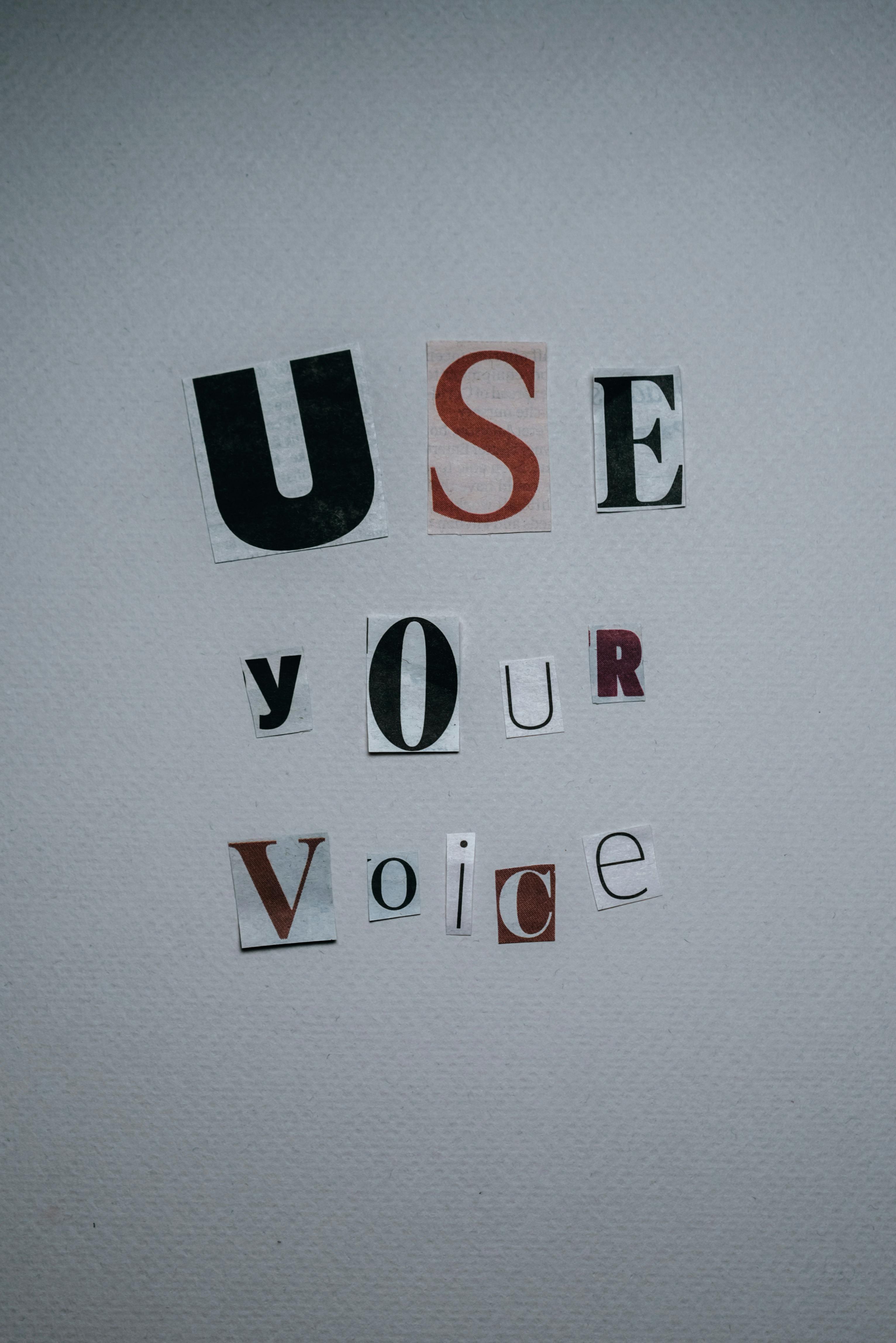Creating highly personalized email campaigns is crucial for engaging your audience effectively. Next-level segmentation goes beyond basic demographic information, diving deeper into user behaviors, preferences, and interactions. Segmentation and Personalization approach can significantly enhance the relevance and impact of your emails, leading to better engagement, higher conversion rates, and increased customer loyalty. Here’s how you can implement next-level segmentation in your email campaigns for maximum impact:
1. Understand Your Audience
Begin by collecting data on your audience. This includes not only basic demographic information but also their browsing history, purchase behavior, and engagement with previous emails. Tools like Google Analytics and CRM software can be invaluable for gathering and analyzing this data.
2. Segmentation Strategies
Utilize advanced segmentation strategies such as:
Behavioral Segmentation: Group customers based on their interactions with your website, such as pages visited, products viewed, or items abandoned in a shopping cart.
Engagement Level Segmentation: Differentiate between users who frequently open and interact with your emails and those who don’t.
Purchase History Segmentation: Tailor emails based on past purchases or average spend.
Geographic Segmentation: Personalize content based on the user’s location, which can be particularly effective for local events or region-specific offers.
3. Personalized Content
Craft content that resonates with each segment. Personalization can range from addressing recipients by name to recommending products based on their browsing history or sending location-specific offers.
McKinsey & Company reports indicate a significant rise in consumer expectations, with 71% of consumers anticipating personalized marketing approaches. Furthermore, marketing strategies that are tailored to individual preferences are shown to yield 40% higher revenue compared to non-personalized methods.

4. Automated Triggers
Implement automated triggers for sending emails based on specific actions. For example, send a follow-up email with related product suggestions after a purchase or a reminder for items left in a shopping cart.
5. Test and Optimize
Continuously test different aspects of your emails, including subject lines, content, and send times. A/B testing is crucial for understanding what resonates best with each segment
6. Privacy and Consent for Segmentation and Personalization
Always prioritize user privacy. Ensure your data collection and email practices comply with regulations like GDPR and offer easy options for users to control their data and subscription preferences.
7. Integration with Overall Marketing Strategy
Ensure your email segmentation strategy is integrated with your overall marketing strategy for a consistent customer experience across all channels.
8. Segmentation and Personalization Utilizing AI and Machine Learning
Consider using AI and machine learning tools for more sophisticated segmentation and personalization, predicting user behavior and preferences more accurately.
9. Feedback Loops for better Segmentation and Personalization
Establish feedback loops to understand how customers feel about the personalization level in your emails. Use surveys or monitor engagement metrics to gauge the effectiveness of your segmentation.
Conclusion: Segmentation and Personalization in Email Marketing
Next-level Segmentation and Personalization in email marketing is about understanding and catering to the unique needs and preferences of your audience. By employing advanced segmentation techniques and continuously refining your approach based on data and feedback, you can create more engaging, relevant, and effective email campaigns that resonate with your audience and drive tangible results. Remember, the key is to balance personalization with privacy and to always strive for content that adds value to your customer’s experience.
To further enhance your email marketing approach, be sure to read our insightful blog post, “Automated Email Strategies: Maximizing Efficiency in 2024,” which offers a deep dive into leveraging automation for more effective and efficient email campaigns.


